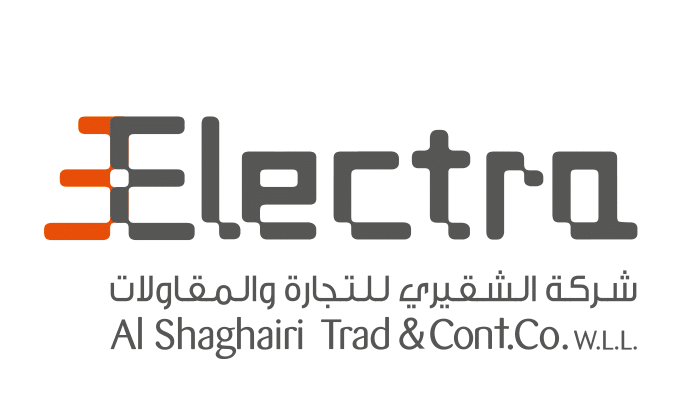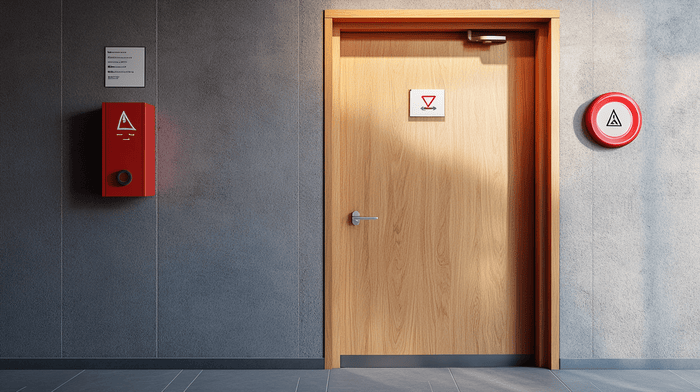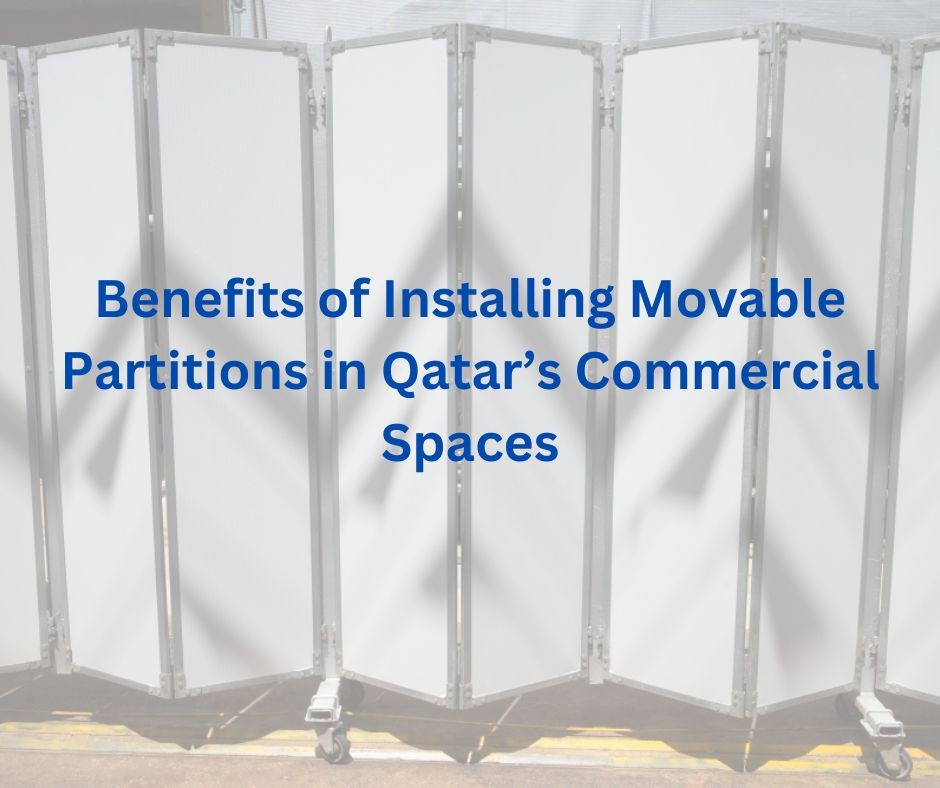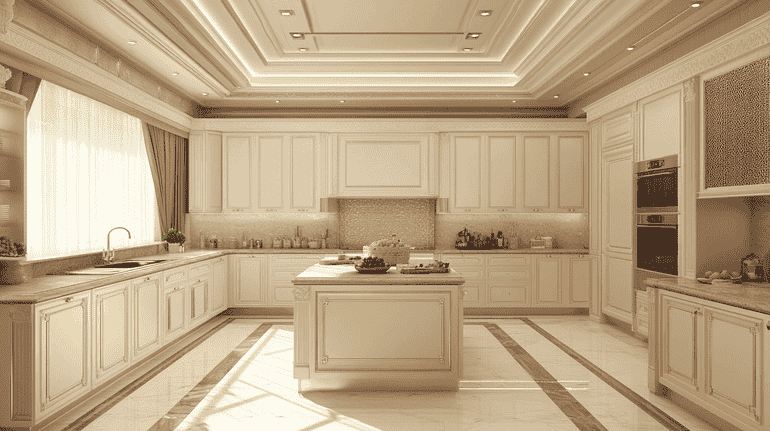Flooring contributes to the usefulness and looks of a living space, whether it's a snug home or a lively office space. It impacts both architectural design and day-to-day living. Among the various flooring options available, there are two main sorts featured: raised floors and traditional ones. Each offers specific benefits and disadvantages, demanding individual decision-making tailored to different needs and circumstances. This blog aims at the characteristics and merits/demerits of raised and traditional flooring types, budgetary considerations, and how they may suit your needs. We aim to highlight all its particular characteristics for you so that you can decide which type of flooring best fits your circumstances at home or the workplace.
Overview of Raised Flooring
Access flooring, also named raised flooring or false flooring, is an innovation that places the base of the floor higher than any solid substrate like concrete. This creates a space hidden by the elevation beneath it through which you can lay provisions for necessities like mechanical and electrical services. Modern office buildings and data centres are places where raised floors have been particularly prolific. This is because they make access to cabling, wiring, and HVAC systems easier.
The structure of a raised floor is composed of a grid of metal pedestals, which support a series of removable floor panels. These panels can be easily lifted for access to the underfloor area. Installation involves carefully planning the layout to ensure even distribution of weight and easy access to underfloor services.
Common materials used in raised flooring include steel, aluminum for the structural components, and high-density particle boards or laminates for the panels. Some raised floors also incorporate anti-static finishes, especially in environments where electronic equipment is prevalent, to prevent static electricity build-up. This versatile and functional flooring solution offers both practicality and adaptability. It caters to the evolving needs of modern buildings.
Advantages of Raised Flooring
Raised flooring systems have several substantial benefits that make them a good solution for particular applications and environments. Here's a list of benefits:
1) Improved Air Circulation: Raised floors contribute to effective air distribution, which is very important for data centers because cooling server equipment is essential. Underfloor space can be used as a plenum for HVAC systems to facilitate that airflow and temperature will be uniform in the room.
2) Easy Access to Underfloor Systems: It also makes access to electrical wiring, plumbing, and data cabling hassle-free, hence making maintenance and upgrades easy. This feature is especially advantageous in office premises where technology updates are a regular occurrence.
3) Adaptability to Technological Changes: As technology needs to change, raised floors provide the ability to add new cabling or equipment without significant disruptions or renovations.
4) Enhanced Aesthetic Appeal: In this way, raised floors allow for a clean and visually appealing space where all cabling and wiring can be hidden away.
Such advantages highlight the value of raised flooring in spaces where flexibility, technological integration, and effective space planning are top priorities.
Read More: Advantages of Raised Flooring Systems For Your Space
Limitations of Raised Flooring
- Higher Cost: Raised flooring systems are generally more expensive than traditional flooring, both in terms of materials and installation.
- Complex Installation: Requires professional installation. Not suitable for DIY projects.
- Building Limitations: Not ideal for all building types, especially older structures with low ceilings.
- Weight Restrictions: Can have limitations on the weight it can support, affecting furniture and equipment choices.
Mitigation Tip: Consult with a flooring specialist to assess the suitability for your specific building and find cost-effective options.
Overview of Traditional Flooring
Traditional flooring is the age-old method for laying down floor coverings on top without any sort of uplift. Because it includes a wide range of materials and styles, this category works well in commercial and residential settings. Traditional flooring options include hardwood, which blends durability and timeless beauty; carpet that is soft underfoot with little maintenance required; tile, the perfect choice for wet spaces and high traffic areas because it can withstand water without loosening or losing color as well as its clean lines underscore an absence of fussiness.
The installation process of traditional flooring varies with the material. Hardwood floors may be nailed or glued down, while tiles are typically set in adhesive and grouted. The carpet is usually laid over a cushioned underlay and fixed around the room's perimeter. These flooring types are widely used due to their vast range of textures, colors, and patterns, allowing for extensive customization to suit any decor style.
The materials frequently utilized in traditional flooring include natural wood, ceramic or porcelain tiles, and synthetics for carpet material. Each kind of material has its own unique characteristics; you can choose according to your needs and the look you want. Such a traditional overall floor covering is well-suited for many environments, from private homes to business settings.
Advantages of Traditional Flooring
Traditional flooring, with its wide array of materials and designs, offers numerous benefits that make it a popular choice in various settings. Here's a listicle highlighting its key advantages:
1) Aesthetic Variety: Traditional flooring comes in countless colors, patterns, and materials like wood, tile, and carpet, allowing it to seamlessly match any interior design theme. For instance, hardwood floors bring a classic, warm look to living rooms.
2) Cost-Effectiveness: Compared to specialized flooring types, traditional options often come with a lower initial cost. Ceramic tiles, for instance, offer a budget-friendly yet durable choice for kitchens and bathrooms.
3) Ease of Installation: Many conventional flooring types can be installed without much effort and without requiring special equipment. For instance, click-and-lock laminate flooring is quite popular in DIY projects thanks to its ease of installation.
4) Durability: Some common flooring types, such as porcelain tiles or hardwood, are very durable and hardwearing, so they can last for decades when they are properly maintained, and they are ideal for ageless homes.
Such advantages make traditional flooring a versatile and practical selection for many purposes, ranging from residential homes to busy commercial spaces.
Limitations of Traditional Flooring
- Limited Access to Underfloor Systems: Difficult to access plumbing and wiring once installed.
- Moisture Damage Risk: Susceptible to warping or mold in damp areas.
- Less Installation Flexibility: Not suitable for environments requiring underfloor technology access.
Solutions: Use moisture-resistant materials in prone areas; plan wiring and plumbing carefully before installation.
Conclusion
When it comes to traditional and raised flooring, they each have their advantages. For a modern, technology-driven environment, however, the flexibility and adaptability of raised flooring stand out above all else. Its convenience to underfloor systems and improved air circulation mean that, in all respects, it is worth investing in. When you have a choice between the two, it's wise to contemplate the long-term benefits of raised flooring.
Electra stands as a premier provider for the design and installation of elevated flooring solutions in Qatar, catering to a diverse range of spaces including residential complexes, offices, commercial establishments, special podiums, and canopies in public areas of interest. At Electra, we offer high-quality raised flooring solutions in a variety of styles and colours, perfectly tailored to your vision. Our expert team can guide you through the selection process, ensuring you get the ideal flooring for your unique space.

65a13baad848b.webp)




